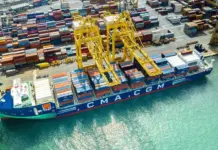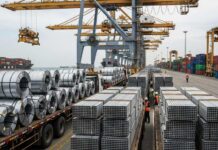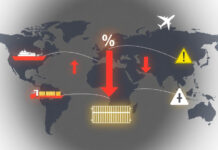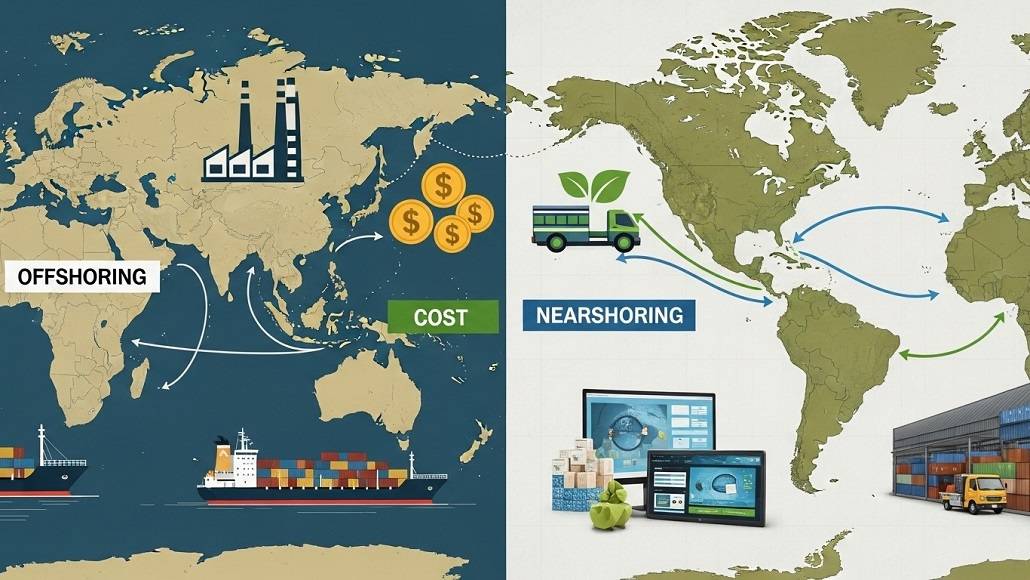Supply chain strategies in today’s integrated global economy have seen a significant shift to keep pace with evolving market forces, geopolitics, and changing consumer tastes. Nearshoring and offshoring remain centre stage for supply chain localisation as strong drivers for companies to operate agile.
Supply chain localisation is the strategic reorientation of supply chain activities nearer to the end customer or key markets, thereby being more responsive, reducing risk, and increasing sustainability.
Whereas offshoring previously implied relocating operations to distant countries with cost reduction as the motive, nearshoring seeks to relocate operations to proximate destinations, which turns out to be advantageous from the speed and risk management point of view.
According to the World Economic Forum, companies are heading towards nearshoring to complement or replace offshoring in an attempt to identify a more resilient and closer supply chain presence.
Difference Between Nearshoring and Offshoring
Nearshoring is the relocation of business processes or production closer to an enterprise’s home country or core market. An American business, for example, would nearshore to Mexico or Canada rather than Asia. Such proximity gives it a number of advantages, like shorter lead times, improved communications, and simpler accommodation of regulatory requirements.
Offshoring is outsourcing manufacturing or services to remote countries, typically at lower labour or access to a specific resource. Vietnam and Malaysia have been popular offshoring locations for manufacturing in Southeast Asia for centuries due to the cost advantage and quality industrial base.
Applicability of both these tactics is at the heart of supply chain localisation, although product category, demand climate, cost factors, and geopolitical climate drive applicability.
Strategic Benefits of Nearshoring
Nearshoring has caught on with businesses that seek to enhance supply chain resilience while remaining cost competitive. Proximity to the most critical markets reduces transportation lead times significantly, something that is worth a lot to those markets that are defined by high demand variability or high product lifecycles.
For instance, the U.S. Bureau of Transportation Statistics reports that nearshoring to Mexico reduces shipping time by up to 50% over Asian imports. That reduction is advantageous to inventory management and responding to market trends more quickly. Furthermore, geographical closeness enables tighter watch and engagement, permitting companies to utilise lean manufacturing methods and quality control more effectively.
Nearshoring is also sustainable in its facilitation of sustainability goals through carbon footprint gains through distance transportation reduction. By lowering the distance travelled by commodities, nearshoring facilitates corporate environmental responsibility and regulatory compliance.
Offshoring’s Contribution to Supply Chain Localization
Although there are numerous advantages of nearshoring, offshoring is a relevant alternative, especially for companies that require scale and cost economies. There are places that offer specialised expertise, proximity to raw materials, and cost economies not available internally.
For example, China remains attractive for offshoring to Asian nations in electronics manufacturing on the basis of established supplier networks and advanced manufacturing capabilities.
Offshoring is also making it possible for companies to diversify their supply base and reach the emerging markets, which can bring long-term growth. Offshoring facilitates localisation of the supply chain since it makes it possible for a multi-level approach, which leverages the optimal cost advantages as well as market proximity.
Integration of Nearshoring and Offshoring for Maximum Localization
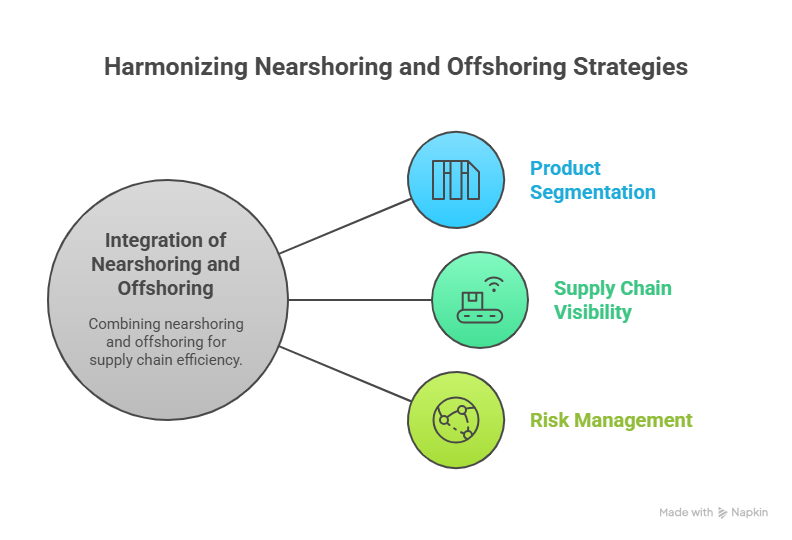
Existing supply chains increasingly adopt a hybrid approach, combining both nearshoring and offshoring in order to meet the cost, speed, and risk. Both approaches enhance responsiveness, enabling companies to respond dynamically to market evolution and geopolitical shifts.
Some of the main aspects to take into account when harmonising these approaches include:
- Product Segmentation: High-value, time-sensitive products can be supported more by nearshoring, whereas standardised, low-cost items can be offshored.
- Supply Chain Visibility: Enhanced digital technology and analytics allow for increased monitoring so that coordination can be made easier in geographically spread supply networks.
- Risk Management: Geographical diversification reduces the risk of disruption of trade, natural disasters, or political turmoil.
Future Outlook and Conclusion
With changing international trade, offshoring and nearshoring will remain the pillars of supply chain localisation but with shifting emphasis. Organisations are now placing greater emphasis on resilience, sustainability, and flexibility, which is reflective of the growing popularity of nearshoring. Nevertheless, offshoring’s role in providing scale as well as specialised knowledge remains crucial.
Controlled application of both can allow industries to make the fullest use of cost savings, responsiveness, and development of agile supply networks able to thrive in a more complex world.


